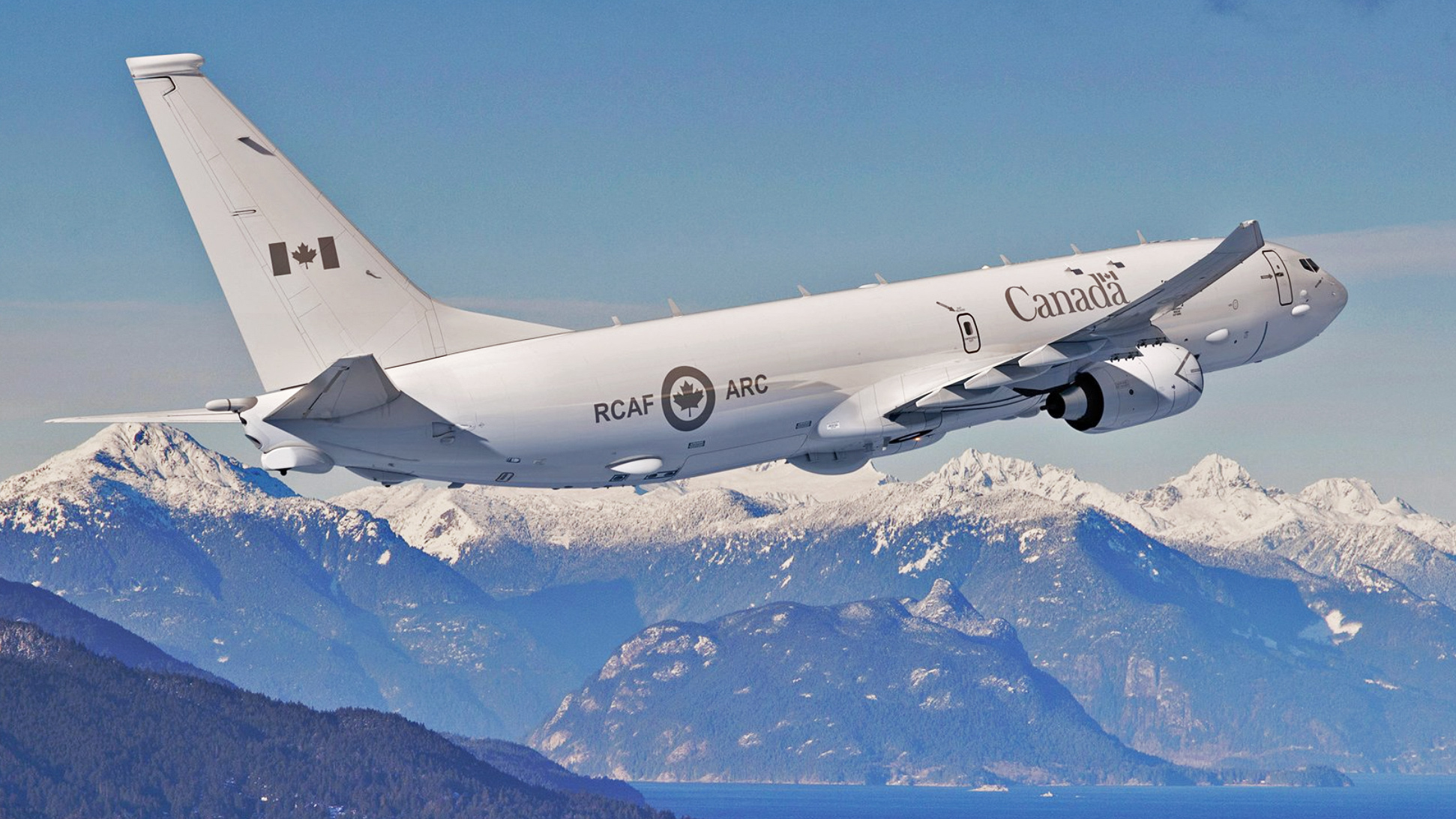It’s official: The Boeing P-8 Poseidon will be Canada’s next maritime patrol aircraft (MPA). Ottawa’s selection of the P-8 as the only aircraft able to meet the country’s needs is a remarkable turnaround for the manufacturer, which had been slammed as an untrustworthy partner back in 2017, extinguishing any chances of Canada buying the F/A-18E/F Super Hornet as its next fighter.
The Canadian government today announced that it would award Boeing a sole-source deal valued at around $5.9 billion for 14 P-8s, plus associated equipment and initial maintenance. Not included in this deal are simulators, weapons, and new infrastructure to accommodate the aircraft. There is also an option to buy two more P-8s at a later date. Ultimately, the whole deal could be worth around $7.7 billion.
Boeing confirmed that the Canadian government has signed a Foreign Military Sales Letter of Offer and Acceptance for “up to 16” P-8A Poseidon aircraft.
“The P-8 will bolster Canada’s defense capability and readiness, and we look forward to delivering this capability to the Royal Canadian Air Force,” said Heidi Grant, president, Business Development for Boeing Defense, Space & Security. “Together with our Canadian partners, we will deliver a strong industrial and technological benefit package that guarantees continued prosperity to Canada’s aerospace and defense industry.”
Delivery of the first aircraft is expected to begin in 2026 and they will replace the CP-140 Aurora (a version of the P-3 Orion) in the MPA role with the Royal Canadian Air Force (RCAF). Reports suggest that all the Canadian P-8s could be delivered “as early as fall 2027,” with full operational capability achieved by 2033. While 15 examples are reportedly active currently, the last of the CP-140s should be retired from service in 2030.
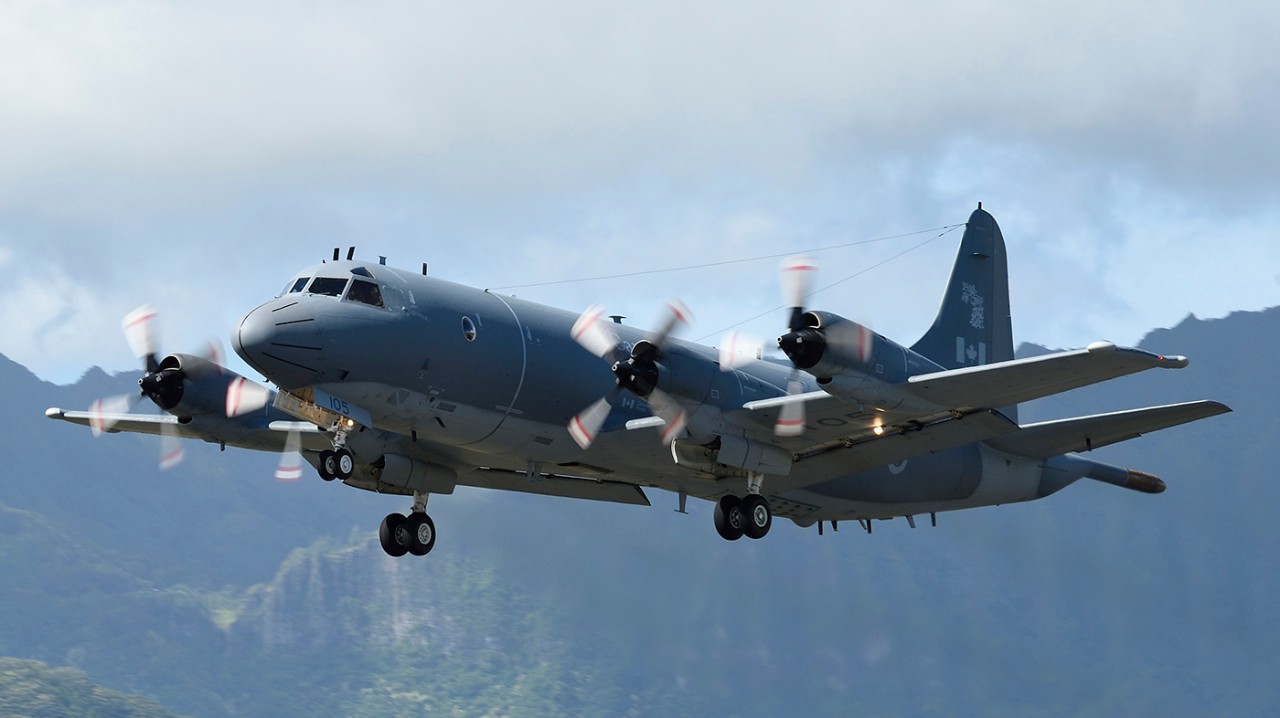
“Canada requires a multi-mission fleet to contribute to the safety and security of Canadians and protect the sovereignty of a country with the longest coastline in the world,” said Canadian Minister of Defense Bill Blair today. “The Boeing P-8A Poseidon is the right aircraft to fulfill this role.”
In March this year, Public Services and Procurement Canada — responsible for the government’s internal servicing and administration — had declared that the P-8 was the only aircraft to meet the military’s needs. That decision had not been without controversy, especially since two local firms — Bombardier and General Dynamics Mission Systems–Canada — were proposing an alternative Aurora replacement. This was the Canadian Multi-Mission Aircraft (CMMA) offering based on Bombardier‘s Global 6500 bizjet airframe.

As it turned out, domestic companies did not have a chance to compete for the MPA requirement. In some ways, the historic rivalry between Boeing and Bombardier in Canada has come full circle with this decision.
As part of its protracted search for a replacement for the RCAF’s aging CF-18 ‘legacy’ Hornet fleet, Canada had lined up a purchase of F/A-18E/F Super Hornets from Boeing as “interim fighters”.
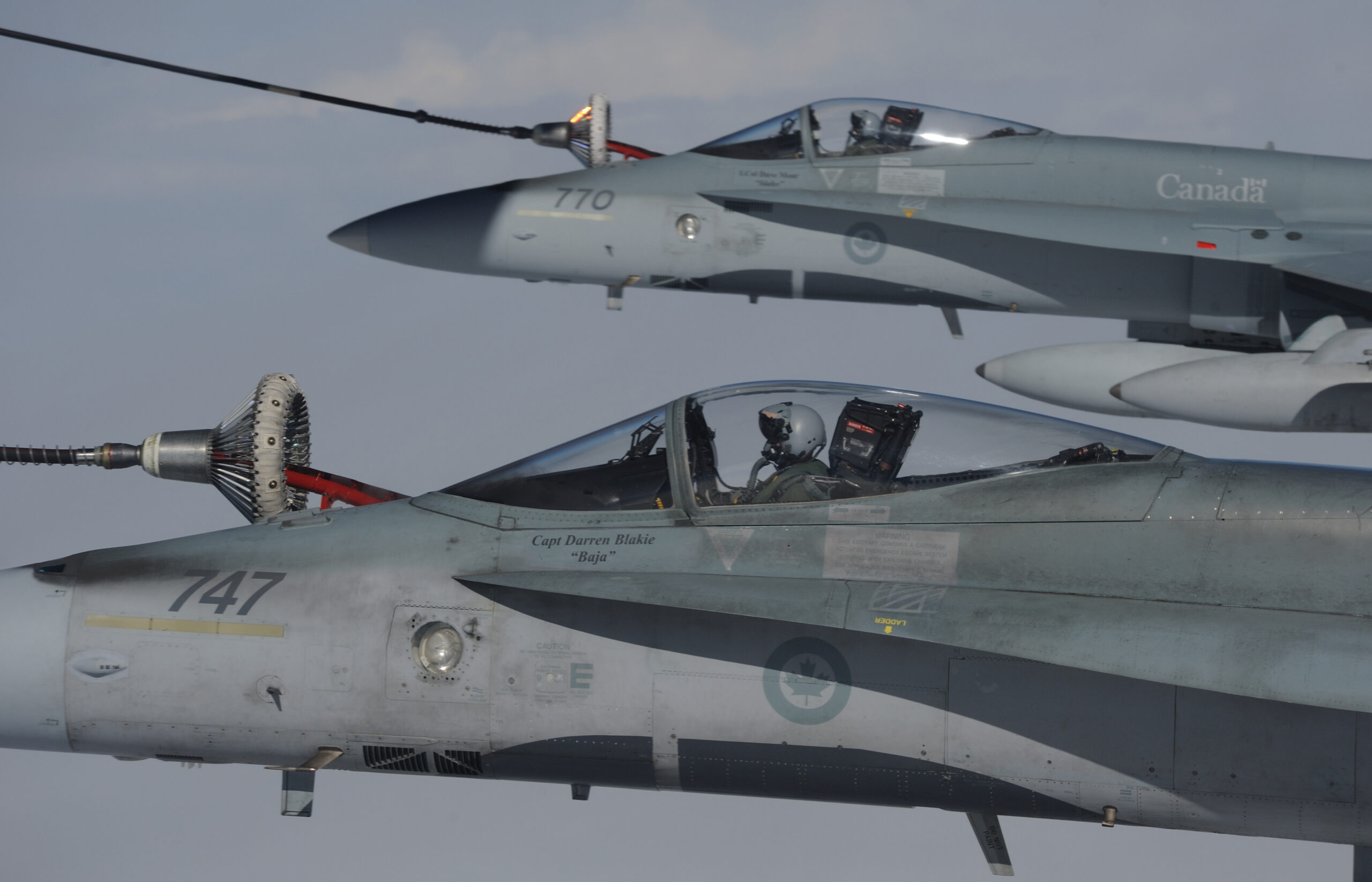
But in 2017, Boeing complained to the U.S. government that Bombardier was receiving subsidies, allowing it to sell its C-Series commercial passenger aircraft at prices that undercut the market and threatened the U.S. company’s own sales.
After an investigation by the U.S. Commerce Department and International Trade Commission, then-President Donald Trump introduced trade duties amounting to almost 300 percent against the Bombardier C-Series. This happened even though Boeing’s complaints were rejected by the International Trade Commission.
The upshot of this was an economic spat between the United States and its neighbor, with the then Canadian Minister of Defense, Harjit Sajjan, describing Boeing’s actions as “not the behavior of a trusted partner.”

Canada walked away from the planned Super Hornet buy. This came as part of a wider reaction by the government in Ottawa, including the introduction of the so-called Boeing clause that was intended to avoid “economic harm” to Canada in instances of arms procurements.
In a dramatic about-face, Canada’s Liberal government, which oversaw this dispute back in 2017, has now put its full weight behind the procurement of a Boeing product.
The lessons of the Boeing-Bombardier dispute haven’t entirely been forgotten, however.
As part of the P-8 deal, Boeing will have to ensure “meaningful business activities and make targeted investments in Canadian industry to support the growth of our aerospace and defense sector,” the government says.
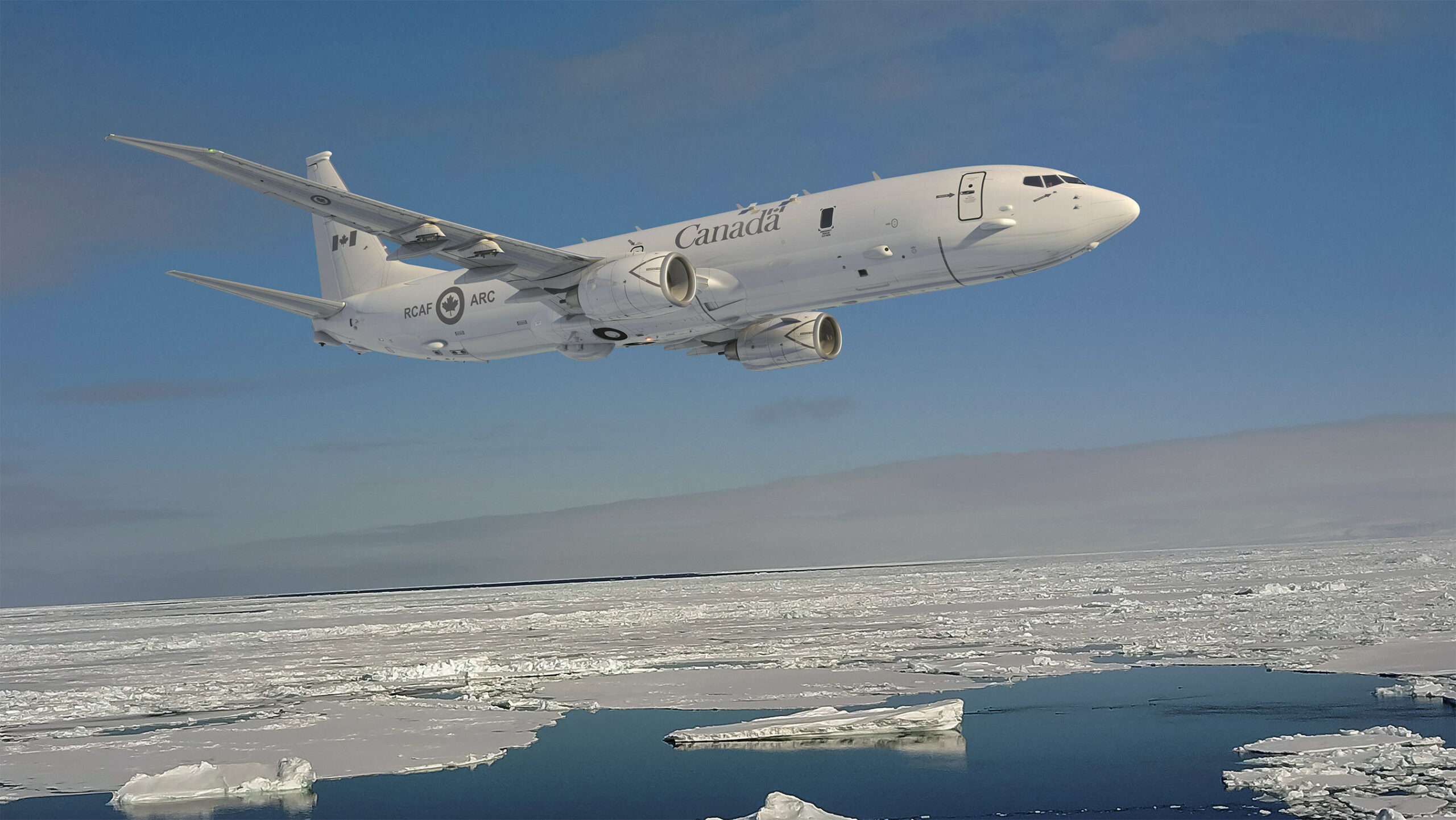
Exactly what kinds of investments will be made are unclear, although there are reports that a “center of excellence” could be established by Boeing in Canada. This may well be tied to plans to have P-8 maintenance undertaken in Canada, although initially this work will be handled in the United States.
Boeing also points to what it describes as the P-8 Canadian industry partnership, which includes CAE, GE Aviation Canada, IMP Aerospace & Defence, KF Aerospace, Honeywell Aerospace Canada, Raytheon Canada, and StandardAero. This is in addition to 81 existing Canadian suppliers that contribute to the P-8 platform in one way or another.
The decision to purchase the P-8 comes only months after another multi-billion-dollar deal for the RCAF was announced. This was the decision to buy 88 F-35A stealth fighters to finally replace the CF-18s, with the Lockheed Martin product being chosen in favor of Saab’s Gripen E. This was another remarkable turnaround, with the Liberal party having stated unequivocally in 2015 that Canada would not buy the F-35.

RCAF big-ticket procurement decisions are rarely far from controversy, it seems. That may still be the case for the P-8 decision. There are reports that, in recent parliamentary hearings, Canadian government officials admitted they did not seriously examine any other potential MPAs or even conduct talks with any other firms besides Boeing. With the option of a locally developed CMMA being rejected out of hand, that admission looks like a questionable political move.
As it is, Canada looks set to receive the P-8 and it will undoubtedly bring advantages over the aging CP-140 now in use.

Back in 2020, The War Zone spoke to a U.S. Navy pilot who explained exactly what the P-8 can do better than the P-3C that it has replaced (or, in the case of the RCAF, the CP-140). They said:
“The P-8 Poseidon has a significant leg up on the P-3 Orion when it comes to the airframe itself, crew coordination, and its ability to handle future capabilities. With both forward and aft auxiliary fuel tanks, we can load up with about 70,000 pounds of gas depending on our takeoff limitations. I have flown 10.5+ hour ISR (information, surveillance, and reconnaissance) missions, with a comfortable amount of gas to land with.”
“By being able to fly higher, faster, and longer than the P-3, we can get on station faster than our predecessor. This also gives us the capability to easily cross the pond and allows us to be a fairly mobile force if time and mission dictate us to have to pick up and take the plane wherever we need to go.”
As well as its performance advantage, the P-8 is also a true multi-mission platform. As well as weapons, it carries a range of sensors for use during anti-submarine warfare, anti-surface warfare, ISR, and search and rescue (SAR) missions. It also lends itself to modifications such as the host for a secretive radar system, the AN/APS-154 Advanced Airborne Sensor, or AAS.
Canada’s selection of the P-8 means that all of the FIVE EYES allies — the intelligence alliance that also includes the United States, United Kingdom, Australia, and New Zealand — will operate the aircraft. This should bring clear strategic advantages, as well as easing interoperability and offering other operational synergies. Other operators are Norway, India, and South Korea, while Germany has also selected the aircraft.

Investing in maritime patrol and ISR is also significant in terms of Canada’s wider strategic responsibilities and, in particular, the increasing militarization of the Arctic. The demands of a steadily more contested Arctic region have also seen Canada look in the past at long-range surveillance drones.
Whether crewed or uncrewed, there is a growing requirement for maritime patrol and ISR assets that can cover the vast swaths of the Arctic, protecting Canadian and allied strategic and economic interests and keeping tabs on the increasing Russian and Chinese military and civilian maritime activity.
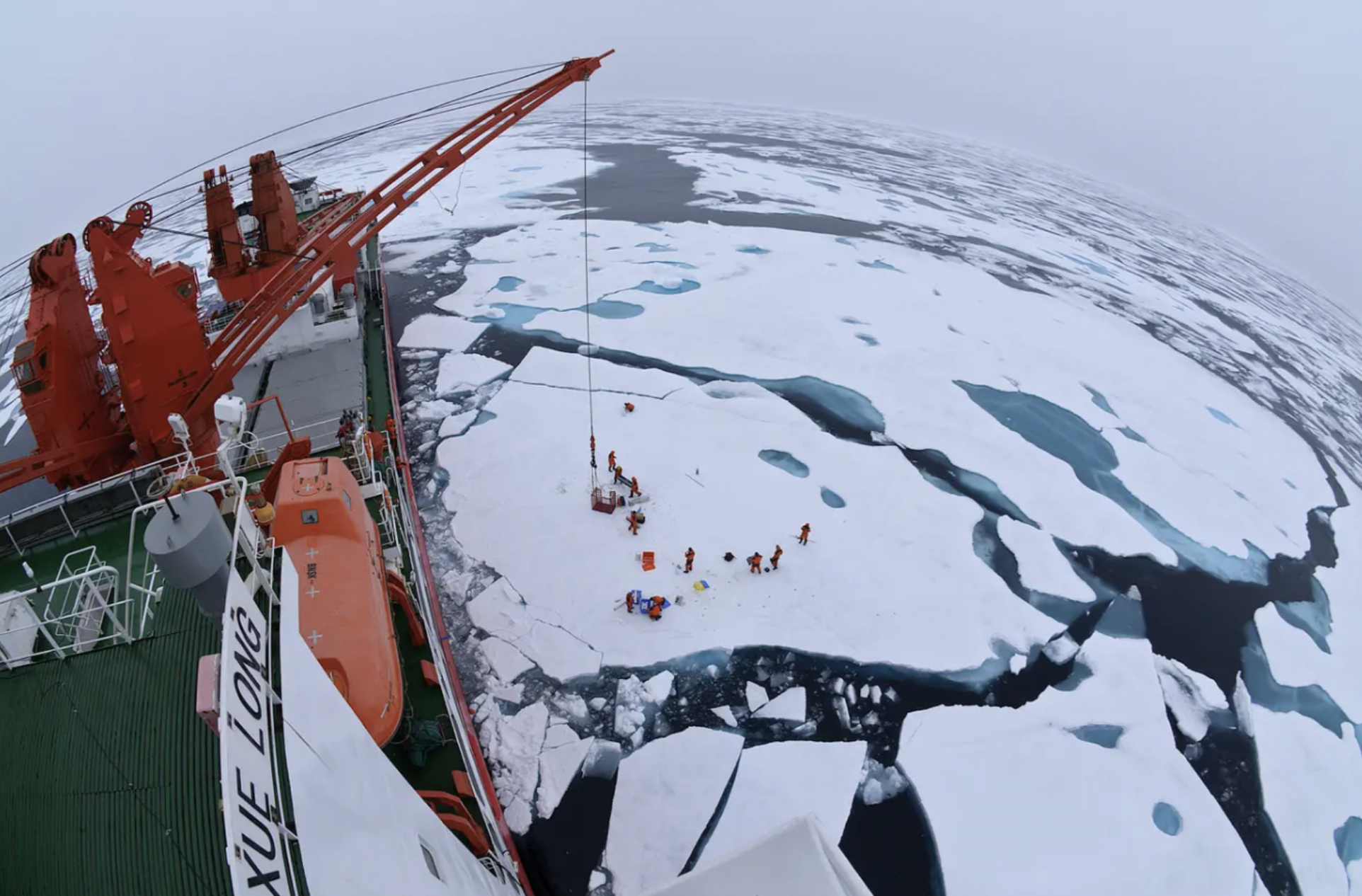
Russia alone has made significant efforts to expand its military footprint into the Far North, including drafting new warships and other Arctic-optimized weapons systems. At the same time, it has been reactivating long-dormant airbases for both strategic bombers and interceptors and established new ones. Even without these, Russia has over 50 airfields and ports in the area, enabling it to project power across the region and also to potentially disrupt or deny Canadian (and U.S.) access to the Arctic.
All these issues are only amplified by the continuing retreat of the polar ice, which is opening up possibilities for new and highly strategic shipping routes as well as previously untapped natural resources.
Right now, the Arctic is a dynamic theater of operations and one in which the capabilities of the P-8 will be put to good use by the Royal Canadian Air Force once these new aircraft begin to arrive in service. Outside of the Arctic, too, the Poseidon also puts Canada at the top of the maritime patrol and ISR game when it comes to long-range missions over the Atlantic and Pacific, where advanced surface and sub-surface threats are also proliferating.
Contact the author: thomas@thedrive.com
